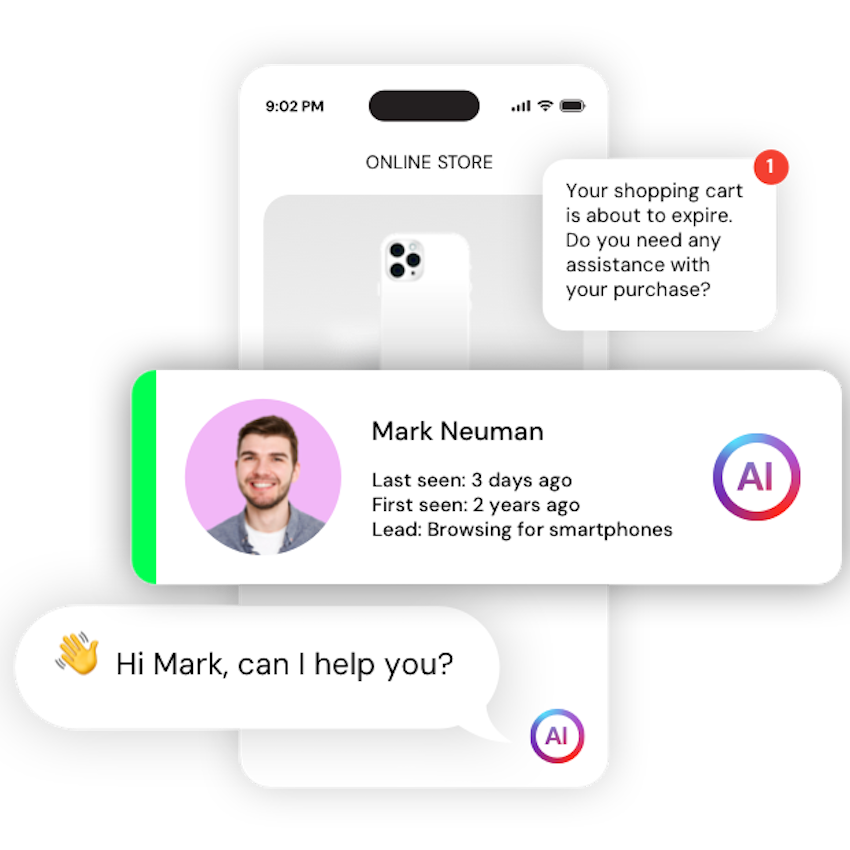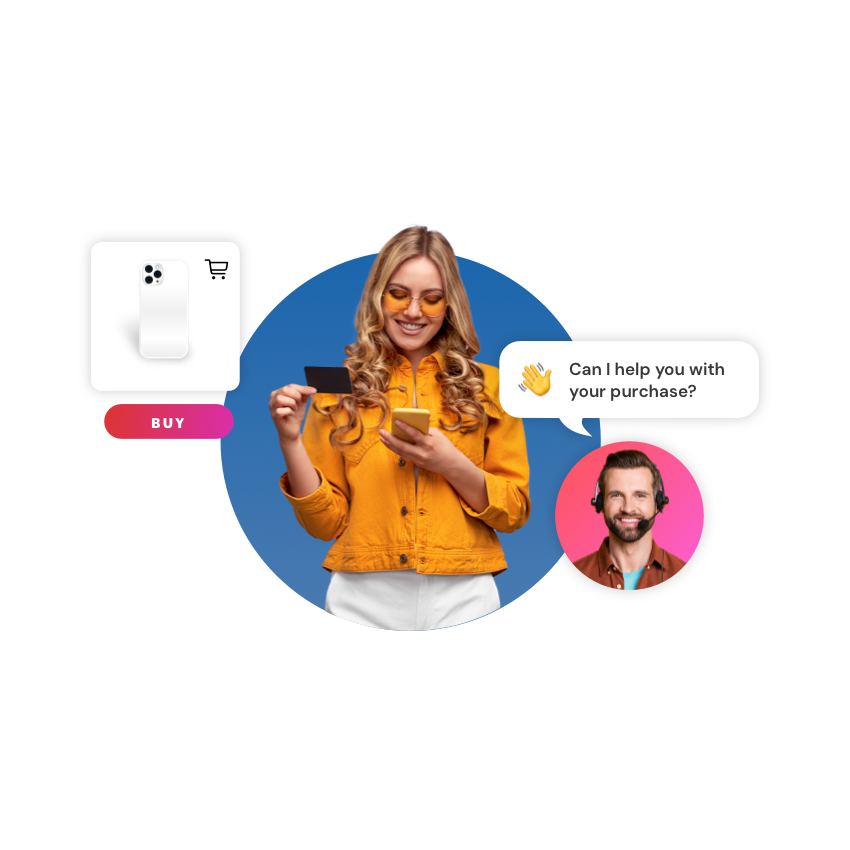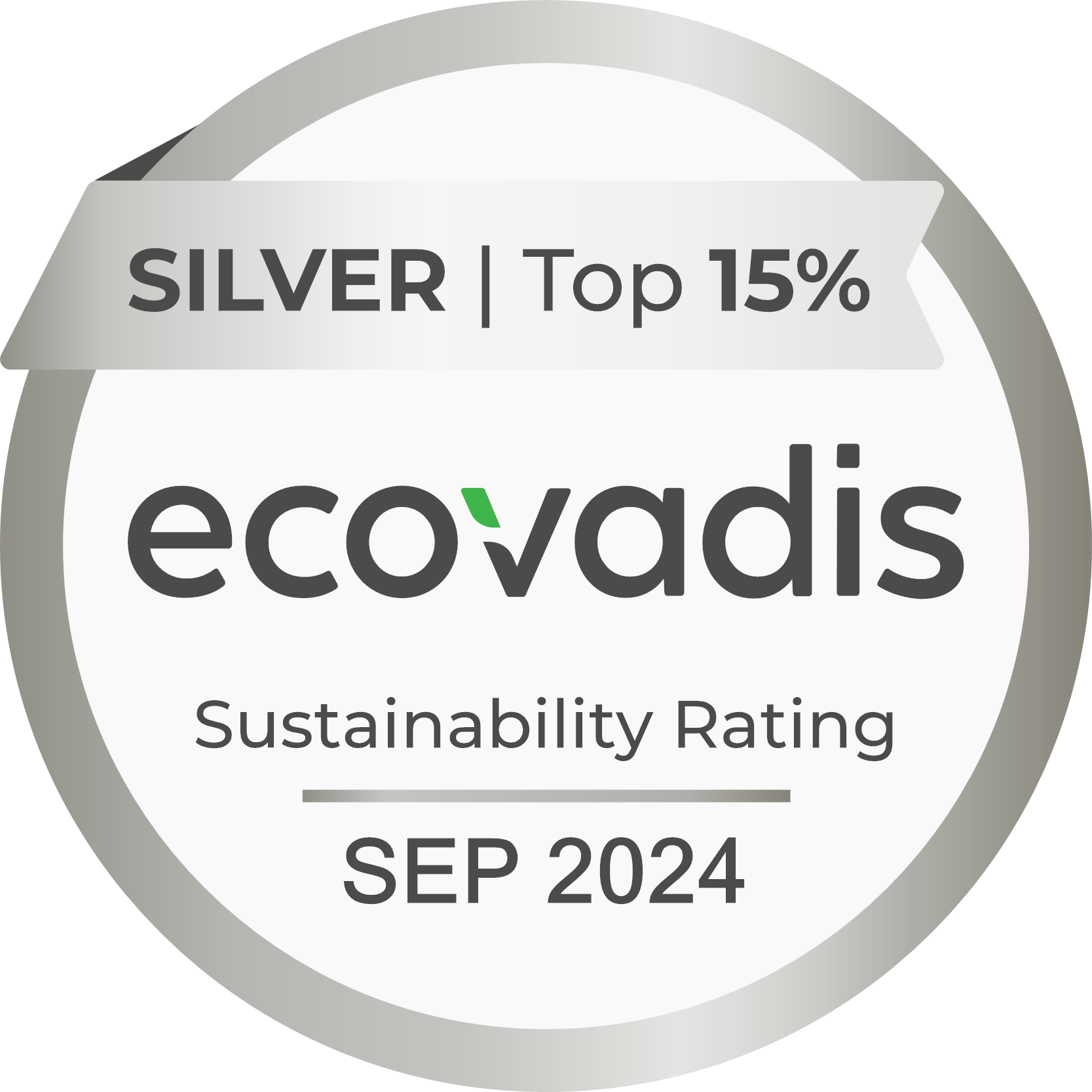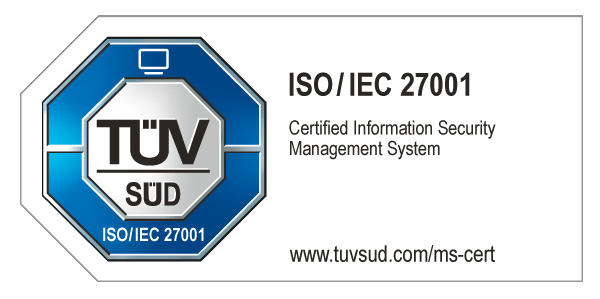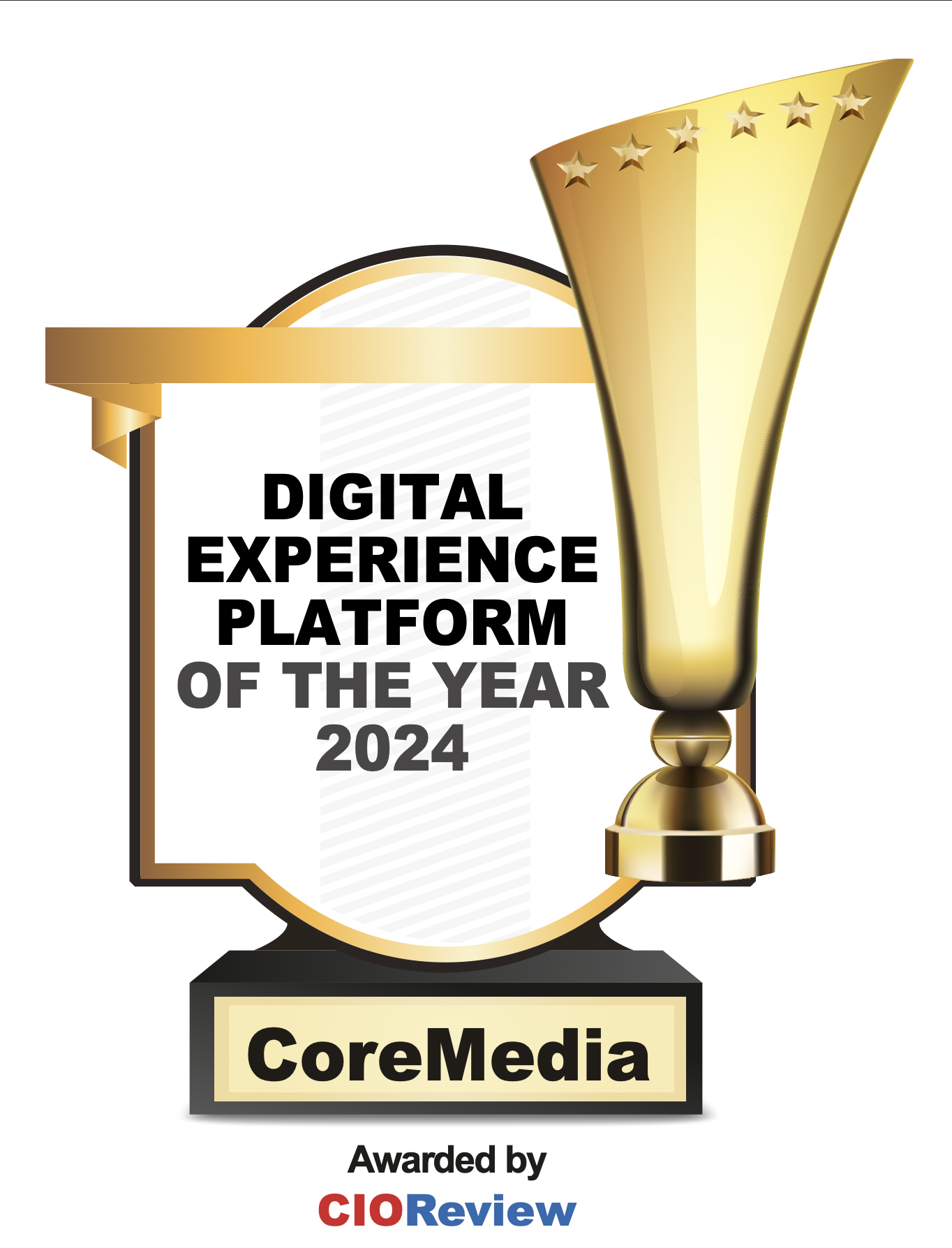Recently I got the chance to attend Google’s excellent CMS Leadership Summit in Sunnyvale, California — two days of good information and great conversations that yielded many insights. Not surprisingly, since this was a Google event, the focus was on topics close to their business:
- Rich & Appealing Visual Online Experiences
- Performance & User Experience Goals
- Privacy & Security
Online Experiences
The first interesting insight was that use of content management systems (CMS) has skyrocketed – from 23% in 2011 to 54% in 2019. This is a significant increase and really drives home the importance of content management. Because content is now everywhere (in apps, in smart assistants, on billboards, and even in IoT devices), it is absolutely essential to make sure all content is "agnostic" to the actual channel where it's used.
A "headless" approach can play an important role here as long as business users aren't forgotten. One of the primary downsides of this approach is that it often concentrates on developers and overlooks important editorial processes and valuable tools (such as the ability to preview). Read my colleague Doug Heise's take on the dilemma of headless here.
When it comes to online experiences, Google also likes to talk about Accelerated Mobile Pages (AMP) and video. So far, AMP appears to have been a success for Google, with some major publishers - including the Washington Post - using it. A new feature called “signed exchange” now allows AMP stories to be available on the publisher domain, which also gives access to first party cookies.
And the Google Search team is currently experimenting with a new feature for video segments that empowers providers to highlight key sections. This feature is currently limited to just a few providers, but it looks to be an important enhancement, especially for those working with longer video formats.
CMS Leadership Summit 2019
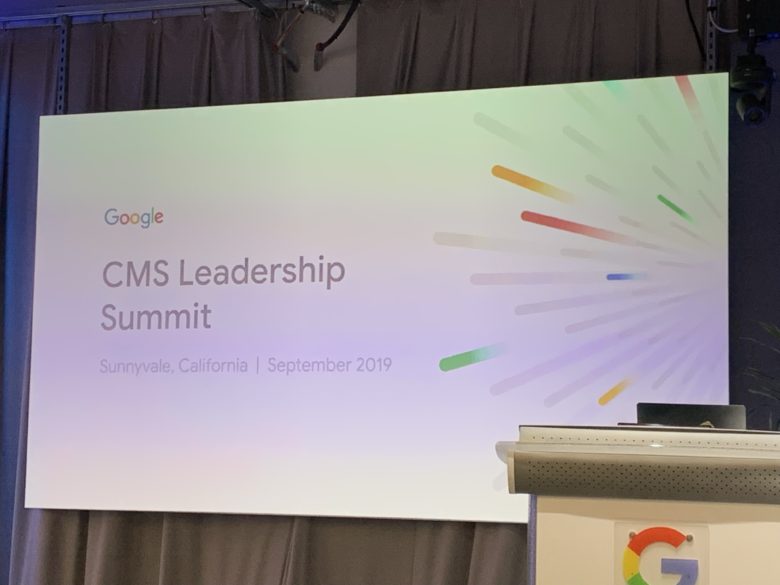
Performance & User Experience Goals
Some of the most interesting sessions at the conference focused on performance and user experience Since Google places such a strong emphasis on performance as a ranking criterion for search, it's crucial that companies understand exactly how their pages perform so they can improve metrics.
There are two main approaches when it comes to performance measurement: lab tests and real user monitoring (RUM). Lab tests are great for development and to get a baseline in a controlled environment. With Lighthouse and PageSpeed Insights, Google provides some great tools for performance lab testing. RUM is more complex, but provides more detailed insights on the experience that actual users have – and these kinds of insights are, in fact, a perfect match for our Experience Feedback Hub in CoreMedia Content Cloud.
Privacy & Security
On the P&S side, Google does not have the best reputation for privacy when it comes to their Chrome browser, but they are actually working on some interesting stuff around SameSite cookie behavior. If you haven't heard about this yet, here is a good summary. Essentially, it changes the way Chrome works with all cookies, but especially those from third-parties.
And regarding security, there was a lot of talk about the Search Console and how Google can warn site administrators about suspicious activities. The main obstacle seems to be getting the right information to the right people, since not everybody is using Search Console.
Here's an example: Let's say the crawler reports that a huge content change on your website looks suspicious. If you're using Search Console, you'd get a warning to look into it. So imagine if Search Console was integrated into your editorial flow. Besides receiving useful feedback on your search ranking, you'd see key security issues as well. This is another use case we're currently evaluating for Experience Feedback Hub.
Kudos to Google on a great conference – I definitely plan to return to Sunnyvale (and the fact that it's sunnier than Hamburg doesn't hurt).

